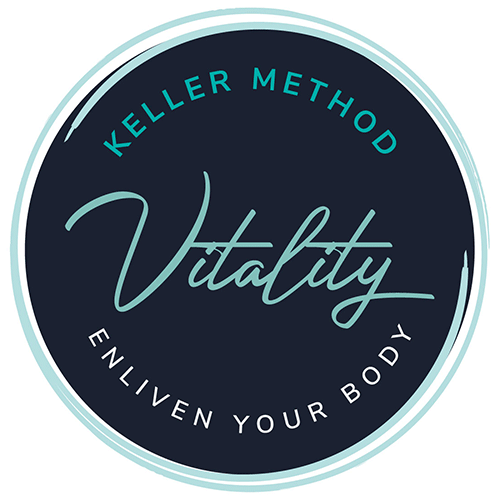
AVENUE MAGAZINE, MARCH 2010
Kathleen Keller isn’t a doctor, yet she’s turning heads throughout the medical community.
In the past 10 years, more than 1,000 chiropractors, physiotherapists and massage therapists have turned to Keller, an unassuming pilates instructor in Calgary, to learn how to fix muscle related aches and pains.
“There is nobody I know who is doing what I am doing,” she says.
Keller is the creator of The Keller MIethod, a system of massage that uses various-sized tennis-like balls to release tight muscles along the body’s anatomy trains. If the term “anatomy train” is unfamiliar to you, you’re not alone. The idea is a novel way of thinking about human anatomy which views muscles as inseparable chains that cover the body.
“For years, in anatomy, we’ve divided the body up into separate muscles,” Keller says. “But no muscle works in isolation. Everything is connected and, in the last five years, a lot of cadaver research has begun to show that.”
Keller stumbled across the idea of muscle interrelation in 2001, after a friend suggested she read the book Anatomy Trains by Thomas Myers. It was at this moment, she professes, “that light bulbs started going off in my head!’
Written largely as a textbook for physiotherapists and chiropractors, the manual introduced her to myofascia: the soft, web-like tissue that covers and penetrates every muscle, from head to toe.
Myofascia can best be understood through the metaphor of a sausage casing. It surrounds every muscle, similar to the covering of a sausage, and connects each muscle like the links in a chain of sausages. These muscle chains – or anatomy trains – cover and join all the muscles in the body.
According to Keller, understanding the concept of anatomy trains opens the door to a cutting-edge way of treating tight muscles. When a person has a pain in his or her back or neck, the normal approach has been to work out the knotted-up muscle with a stretch or a massage. Yet, this often only provides temporary relief because the sore muscle might not be the problem; it could be the result of something else wrong in an anatomy train.
Keller elaborates: If a muscle is too tight along an anatomy train it tugs at the myofascia, which can pull the other muscles in the chain out of place; this restricts the muscle’s movement, causing relapsing pain and discomfort. Keller’s conclusion? To truly affect change, you’ve got to target all of the muscles in an anatomy train.
Recognizing this, Keller began to experiment with therapeutic ball release, a form of self-administered massage that rolls a ball, with and across the fibres of a muscle. She quickly saw that using a ball to massage all the muscles in an anatomy train – instead of just focusing on one sore muscle – led to a deeper, longer-lasting release of any painfully stiff areas.
Keller also discovered using a ball on a knotted muscle had a few added benefits: it was something you could do at home, which made it cheaper than paying for a massage, and it worked ,way better than stretching. “When you pull two ends of a muscle away from each other as you do with a stretch, you’re not affecting much in the middle of the muscle;’ she says. “The ball affects every inch, every fibre of a muscle, so you’re getting a true muscular release.”
In 2007, Keller turned her ideas on anatomy train-inspired ball massage into a series of how to courses. “I had all these ideas floating around in my head that it was now time to do something with she says. She began to hold workshops, teaching her methods to massage therapists, chiropractors and physiotherapists, who have been giving her techniques a big thumbs up.
“When you use a ball to release a muscle, it doesn’t bounce back into its old pattern as quickly. It really helps in sustainability” says Nadine Samila, a holistic health practitioner at the Centre for Soft Tissue Pain.
And Steve Resta, a physiotherapist and clinic director at LifeMark Physiotherapy in Calgary, says the entire system of deep-tissue, anatomy train massage stems from a very sound theoretical model.
‘’Anatomically, it makes perfect sense. There’s no question about that;’ he says. “I’ve run a couple marathons and play volleyball, which has resulted in a number of injuries, as well as occasional kneecap pain:’ However, since Resta started using Keller’s techniques he hasn’t had nearly the extent of pain he’s had in the past, and he has also increased his hamstring flexibility by 15 to 20 percent. “You can’t argue with results like that;’ he says.
The only problem with the approach, Resta points out, is it can be quite painful and time consuming. “If you do it once a month, or even twice a month, you’re not going to see results” he says. “You have to do it at least a few times a week, for about an hour each time:’
A small price to pay – many people would say – to be rid of any pesky back or neck pain.
For more inforrnation on the Keller Method, visit thekellermethod.com.
© Copyright (c) Avenue Magazine
